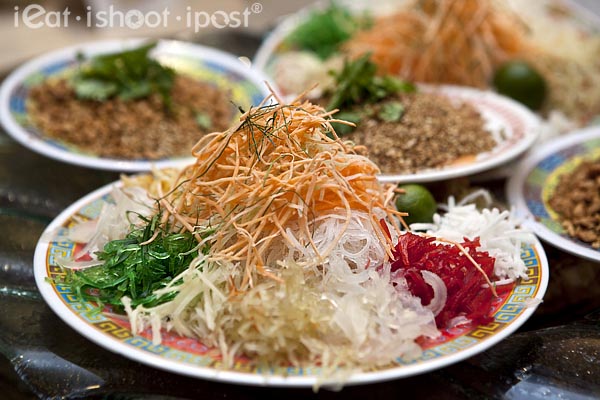
It’s true that the press likes to sensationalize things. There is no better way of getting readers to buy papers then to have headings like “Let’s yee sang for another round of food fight” (1) and then following it up with “Cyberwar of words over dish” (2). But just who is waging the war? I have cousins living in Malaysia and when this “war” erupted, I simply called one of them, wished him a Happy Chinese New Year. And yes we had a nice, albeit lively debate with him about the origins of Yu Sheng.
I am sure that many of us cross the border to meet up with relatives over Chinese New Year so you can just imagine discussing this topic over a game of Mahjong, can’t you? It’s hardly a war and I just want to make it very clear from the start, that I am writing this article simply because I am interested to piece together how Yu Sheng became the cultural icon of our generation.
What is the debate about?
First of all, let me define just what I think the debate is about. When we talk about the origin of Yu Sheng, we are essentially trying to understand how the ubiquitous 7 Colour Yu Sheng (photo above) and the culture of everyone standing around the table tossing it while uttering auspicious phrases came to be the popular culture of today.
It is useful to think about this based on the concept of “The Tipping Point“(3) where a series of factors come together to bring ideas, products, messages and behaviors to suddenly spread like viruses. This is essentially what happened with Yu Sheng.
This dish has been a traditional dish of the Cantonese people (which include the Teochews who are also from Canton province) that is eaten on the 7th day of the Chinese New Year to celebrate Ren Ri (The day god created humans in Chinese mythology). Our migrant forefathers had then brought the practice over to Malaya at the turn of the century and Lo Yu Sheng has been practiced by people from both Malaysia and Singapore since before the War.
But a series of events in the early sixties propelled the whole concept of the tossing of Yu Sheng past the Tipping Point to become, in our modern day vernacular, “Viral”. We shall discuss this a little bit more later.
Origins of Eating Raw Fish
But let’s start by looking at how our concept of eating raw fish originated from the people living in Canton. And what better way to discover this than to actually go to the Jiangmen region of Canton to see how they eat Yu Sheng (ie raw rish) today. Unfortunately, I did not have the opportunity to actually go there, but I discovered that the good people of Mediacorp had already made a program about it.
In the following video we will follow Mediacorp artiste, Ann Kok, as she traces the history of Yu Sheng from when it first arrived in Singapore in the 1920’s, to 1933 where it was served at the Loong Yik Kee Restaurant. With that background, she then took the cameras to Jiangmen and Shunde to show us what Yu Sheng is like back in its country of origin.
Food Hometown Episode 4: Yu Sheng
From this video, we can establish a few important facts. Firstly, the form of Yu Sheng that was brought over by our forefathers was quite different from the popular version that we have today. The fish itself is different. They use Grass Carp in China whereas locally the Wolf Herring (Parang fish, Sai Toh Her) was traditionally used. The ingredients were also much simpler and most noticeably, there was no use of the plum sauce which very much characterizes the modern form of Yu Sheng.
The other fact that can be establish from the video is that the Cantonese in Singapore were already eating Yu Sheng at the restaurants in the 30’s. It is important to bear in mind that Singapore was the major port in those days and most of the migrants from China came first to Singapore before traveling overland to Malaysia. So the Cantonese in both Malaysia and Singapore are essentially the same stock.
Arguments from Malaysian Press
So it comes as no surprise that Lo Yu Sheng was also practiced in Malaysia in the 30’s as claimed by some Malaysian newspapers recently. Therefore, articles like the one that appeared in the Sin Chew Daily (5) arguing for the existence of Yu Sheng in Malaysia in the 40’s and 50’s as well as the one in New Straits Times (6) claiming Seremban as the place of origin in 1947 are quite redundant, since we know that people are already serving it in restaurants here in the 30’s.
But I am afraid the Malaysian press have really shot themselves in the foot with arguments like “The custom of eating yee sang during Chinese New Year belongs to the Cantonese and given that people of this dialect are mostly from Kuala Lumpur, it must have originated from here,”. (7). I am sure you will agree that Singapore has a sizeable population of Cantonese who exert a great influence on our culture. The same paper also followed it up with another article headlined “My uncle created Yusheng” (8) where a 77 year old lady claims that she remembers eating Yu Sheng as a child and that it was invented by her uncle, Tham Mui Kai in the 1920’s or 30’s.
Incidentally, Chef Tham is one of the Four Heavenly Kings who introduced the modern Yu Sheng in the Chinese New Year of 1964 in his then newly opened Lai Wah Restaurant. Such claims are easily debunked because Chef Hooi who was 13 years old when he joined Cathay Restaurant in 1950 remembers Chef Tham as a young man in his teens then.
According to Chef Hooi, Chef Tham could not be more than 10 years older then he is. The other fact we can establish is that Chef Tham died in 1996 in his seventies. So by doing a few simple calculations, Chef Tham would have been at most 23 years old in 1950, (Chef Tham could not be more than 10 years older then Chef Hooi) making his birth-year 1926 at the earliest. By the end of the 1930’s he was at most 13 years old. How could he have possibly invented Yu Sheng in the 20’s or 30’s?
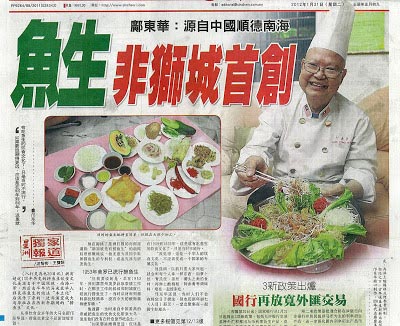
Other papers like the Sin Chew article (9) above claimed that Yu Sheng was already popular in Malaysia in the 1950’s and re-created the dish to show what it was like then. I think this is consistent with what we have already established earlier that a traditional form of Yu Sheng was already eaten in Singapore by the 1930’s.
From this article we can see that the form of Yu Sheng in the 50’s was very different from the popular 7 Colour Yu Sheng that is now popular in Singapore as well as Malaysia. It is important to notice that the amount of shredded vegetables were much less than the current version as this is one of the important factors that contributed to Yu Sheng’s Tipping Point, as we shall see later.
One very intriguing theory of how Yu Sheng was popularized in Malaysia was put forth by Nadge Ariffin.(10) In this article, she claimed that it was in the February of 1952 that Yu Sheng was popularized by the newly formed UMNO and MCA Alliance who had just won the Kuala Lumpur Municipal Council election.
According to the article, the alliance partners celebrated with a dish of Yu Sheng as Chinese New Year was “just around the corner”. While it might sound plausible, a simple internet search would have revealed that Lunar New Year in 1952 fell on January 27th whereas the elections were held sometime after Feb 10 which puts it past the 15 days of Chinese New Year celebrations.
With no solid evidence backing this theory, I feel that this can only be regarded as an urban legend. However, the article has already been used as a reference in Wikipedia and will undoubtedly be a source of reference for future articles. I have written to the friedchillies.com seeking evidence for their claim but have not gotten an answer as yet.
So far we have established that Yu Sheng started in China and was a traditional dish eaten during Chinese New Year in both Singapore and Malaysia prior to the sixties. The form of Yu Sheng existing before the 60’s was different from what it is now but we still don’t know Yu Sheng became as popular as it is today.
So what happened in the 60’s that propelled it into popular culture?
Enter the Four Heavenly Kings
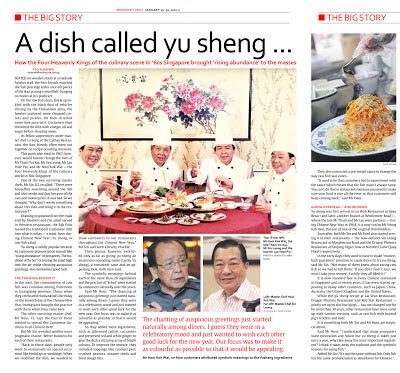
Today article: Jan 29 2011 (11)
This is where the Four Heavenly Kings of Cantonese Cuisine come into the picture. Their story has been well documented in the past (12) but so far no one has offered an explanation of what happened that began to change the way people ate Yu Sheng.
Rather than recounting the whole story again, I will just point you to the excellent article published by Today (11) last year as well as the following video where the chefs talk about how they came to create the modern version of Yu Sheng. I will use these references as the basis for my analysis on the factors that brought Yu Sheng to the Tipping Point.

In case you don’t already know, the Four Heavenly Kings are the stuff of legend in Singapore. They started working as apprentices at the Cathay Restaurant in 1950 under Hong Kong Masterchef Luo Chen whose vision was to introduce Cantonese cuisine to the world. When the master died in 1960, the Four Heavenly Kings spread out to teach and open their own restaurants but remained blood brothers for the rest of their lives. They met frequently to discuss new culinary ideas and openly shared recipes with each other. It was during a few of those meetings that the concept of the modern Yu Sheng was developed.
Sliced Fish and Pre-mixed Sauces
At the time, the Chefs noticed that the way that Yu Sheng was served was unhygienic as the fish were often left hanging out in the open where they could get dusty (you can get a glimpse of this in the first video). So one of the things they did was to serve the fish already sliced.
The other thing they did was to standardize the sauce. Chris Hooi, the son of Chef Hooi who currently runs Dragon Phoenix restaurant explained to me that the standardization of the sauce was very important. In the past, the dish would have been served with vinegar, sugar and sesame oil which the customers would have to mix it themselves. By pre-mixing the sauce and carefully portioning it with the salad, they managed to create a dish which is consistently reproduced each time it was served. This was important in giving the dish its identity.
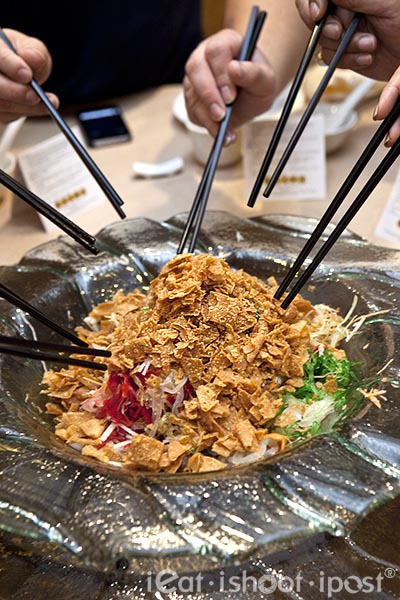
Aside from the sauce, the other significant thing the chefs did was to add the colourful condiments to make the dish more festive, as well as to introduce the mound of three different coloured shredded vegetables in the middle. When the chefs did this, they did not envisage people standing up to toss the salad together and uttering Chinese New Year blessings. That came about serendipitously over the years.
New Year Blessings
When they first served the new Yu Sheng, only three phrases where uttered. The most important was 年年有余 (nian nian you yu) because 余 (abundance) sounded like 鱼 (fish) which is the principle ingredient in Yu Sheng. The other two phrases were 大吉大利 (da ji da li) and 黄金满地 (huang jin man di). But over the years, more phrases were added by customers until we have the dozen or so phrases today. This practice evolved organically as people started warming up to the idea of Yu Sheng.
Tossing the Salad together
How about the practice of everyone standing up to toss the salad together? Even though it was practiced to a certain extent before but I believe that there was some aspect of the new Yu Sheng that turn it from a simple Lo Hei into the frenzied activity that it is today. And this had something to do with the new way the salad was presented.
Have you ever notice how difficult it is to mix the salad? That is because the increased amount of thinly shredded vegetables sort of get entangled easily which was very different from the salad in the past. This meant that it took longer for the salad to be tossed properly and was one of the significant reasons why Yu Sheng evolved to be such a communal activity. Since it is more difficult and took longer to toss, everyone around the table started to pitch in and got involved. And the size of a banquet table made it impossible for one to toss the salad sitting down. So, very soon, everyone was standing up together to help disentangle that darn ball of of shredded veggies!
We know that the mound of thinly shredded vegetables was quite an innovation in those days. In order to get the vegetables the way they wanted, they needed to think out of the box.
Chef Hooi recalls that they used to shred the veggies using a conventional shredder before they finally managed to source a Japanese vegetable turner/shredder from C.K.Tangs which enabled them to produce thinner and longer shreds. The drying of the veggies after they were shredded was also something that required innovation. Initially, it was done by using a table cloth with the veggies folded in the middle and two persons on each end twisting the cloth to wring out the water.
Later on, they discovered that they could do it with the drying cycle of a washing machine! The lack of technology and know how to do all these things point to the fact that Yu Sheng was not popular enough in those days for commercial equipment to be readily available.
Why only enjoy Yu Sheng on the 7th day?
The other significant factor in bringing the dish to its Tipping Point was the way it was introduced to customers starting in 1964. At the time, Yu Sheng was only eaten during the 7th day of the Chinese New Year to celebrate Ren Re (Everyone’s Birthday). In 1963, Chef Hooi opened Dragon Phoenix in April, followed by Chef Tham and Chef Lau with Lai Wah in September.
All these Chefs introduced the dish in their respective restaurants on the 2nd day of the Chinese New Year the following year. The reason for selling it on the 2nd day instead of the just the 7th day was simply because they wanted to sell the dish for 14 days instead of one.
The initial response from the general public was cold. People couldn’t understand what the dish was about because they were used to the old way of eating Yu Sheng. So the Chefs made it the appetizer dish in their Chinese New Year set menu. These two factors helped expose the dish to more people.
It still took quite a few years before people started warming up to the idea. The final straw dropped on the camel’s back in 1970, when Dragon Phoenix moved to Outram Park and expanded its capacity to 1000. In the same year All four chefs combined to open Ruby Restaurant which was another 1000 seater. Chef Sin Leong, who opened his first restaurant in 1968 in Macpherson, expanded with its Serangoon branch in 1971 which could also seat 1000.
In 1972, all four chefs again combined to open Red Star (Ruby had to close the following year after its 3 year lease) which is another 1000 seater. All these large capacity restaurants meant that instead of a non-standardized dish experienced by hundreds in a couple of restaurants, the same recognizable Yu Sheng dish could now be experienced by thousands every Chinese New year and this is what I believe brought Yu Sheng to its Tipping Point to become the culinary culture that it is today!
Conclusion
In this article, I have tried to piece together the evolution of Yu Sheng from the traditional dish that our Cantonese (including the Teochews) migrant forefathers brought from their homeland to what it is today.
In this article, I have analyzed the existing resources and combined it with new evidence that was not previously found on the internet. Based on the existing evidence, I believe that it was the Four Heavenly Kings who managed to tweak the dish and set forth the conditions which brought the Yu Sheng to the Tipping Point where it subsequently became a cultural icon.
Did they invent Yu Sheng? No, of course not. But I think you can draw an allegory from Steve Jobs and the IPad. Did Steve Jobs invent the tablet PC? Of course not. But what he did was to tweak it and through a series of events made it the popular device it is today. In the same way, the Four Heavenly Kings tweaked the Yu Sheng recipe and because of some opportune factors, made Yu Sheng what it is today.
Acknowledgements
Thanks to Chef Hooi of Dragon Phoenix Restaurant for assisting with the article
Dragon Phoenix Restaurant
177A River Valley Road
#06-00 Novotel Clarke Quay Singapore (Liang Court)
Singapore 179031
6339 3368
Special Promo: 50% off Dim Sum Menu till end of April 2012
1. Let’s Yee Sang for another round of food fight, thestaronline, 30 Jan 2012
2. Cyberwar of words over dish, thestaronline, 31 Jan 2012
3. The Tipping Point: How little things can make such a big difference, Malcolm Gladwell, Little Brown 2000
4. Food Hometown, Yu Sheng episode, Wawa Pictures, 2008
5. Call for Unesco’s recognition of Singapore’s Yusheng sparks debate. Translated by Dominic Low, Sin Chew Daily, 30 Jan 2012
6. Seremban popularised Yusheng: Datuk Loh, New Straits Times, 11 Feb 2012
7.Singapore’s claim on yusheng got tossed out by Malaysians, The Star, ANN, 31 Jan 2012
8. My uncle created Yu Sheng, The Star, Ann, 1 Feb 2012
9. Yu Sheng: Not a Singaporean creation: Sin Chew Daily, 31 Jan 2012
10. The origins of Yu Sang: Nadge Ariffin, friedchillies.com 7 Feb 2011
11. A dish called Yu Sheng, Teo Xuan Wei, Today, 29 Jan 2011
12. Yu Sheng, Bonny Tan, National Library Board 13 Feb 1999
13. Essence of a Festival, Part 1 Reunion



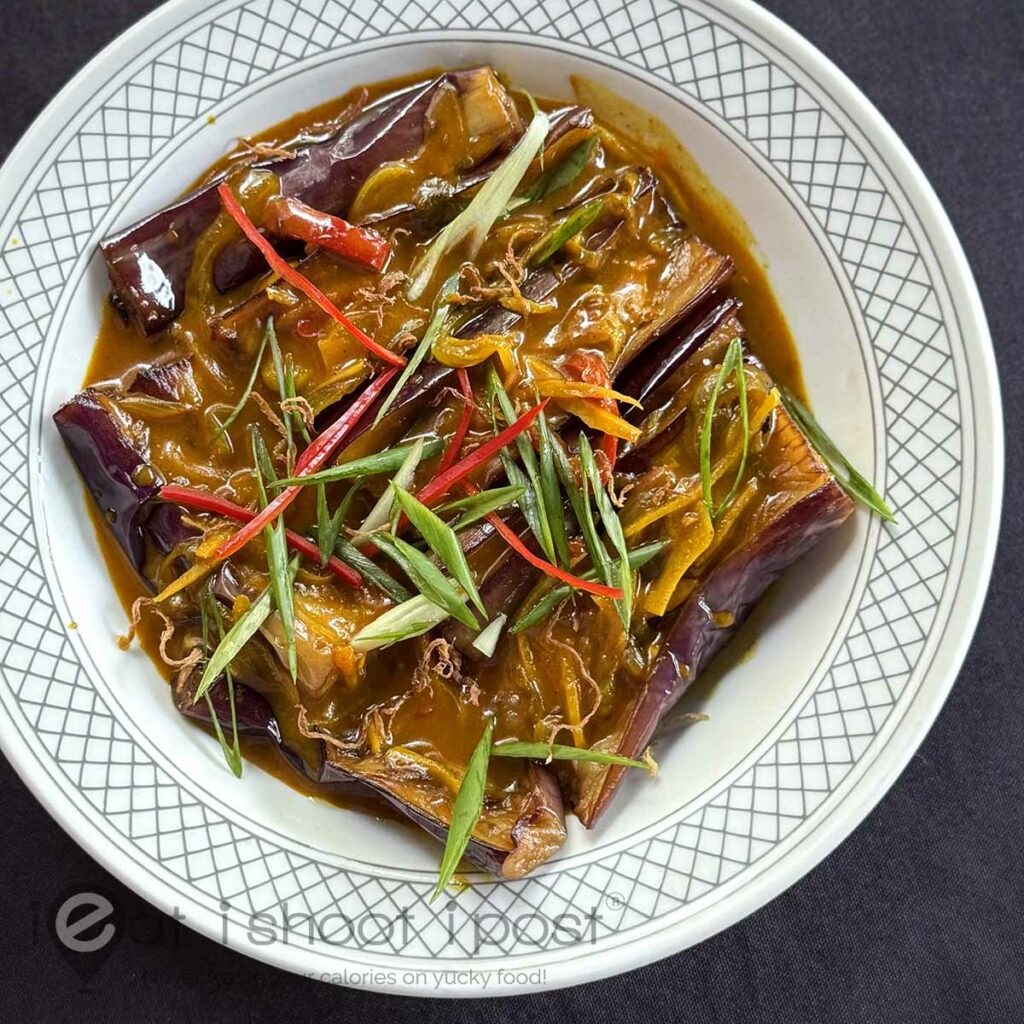
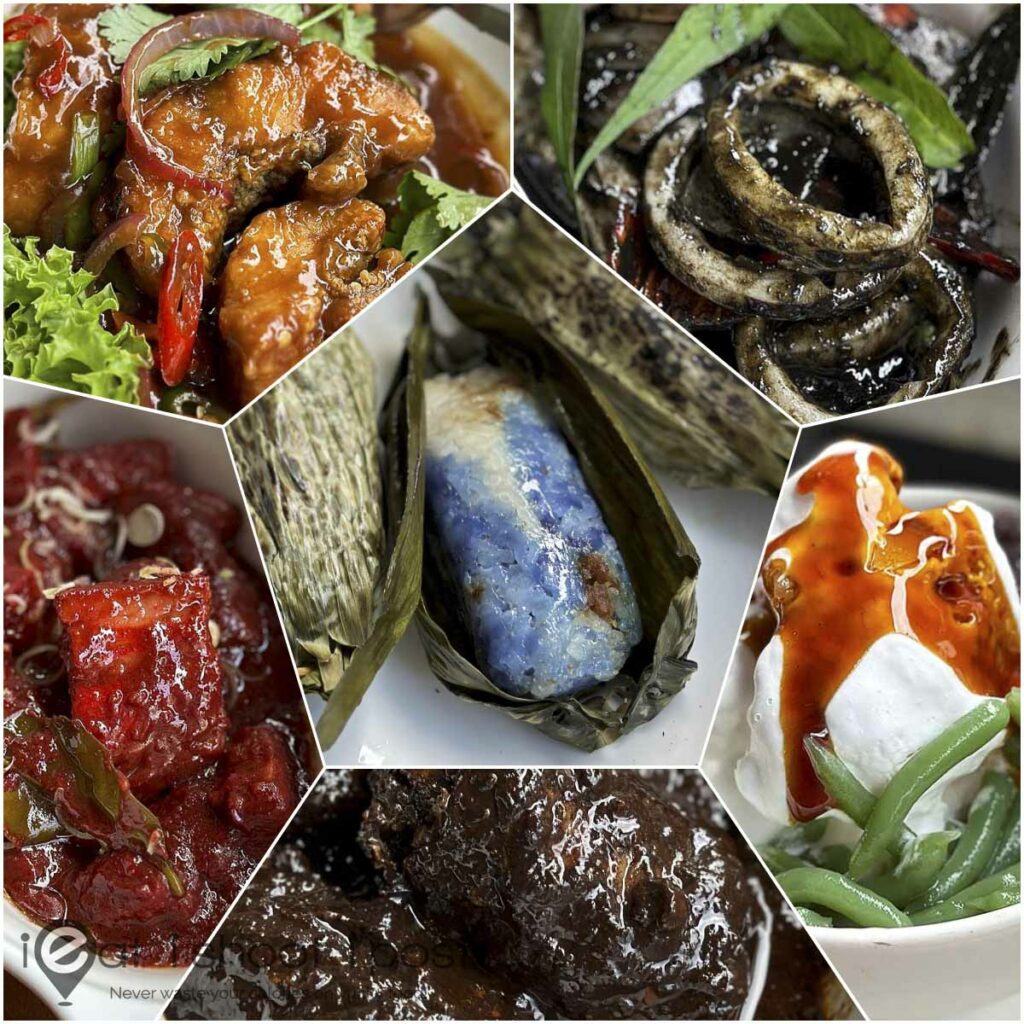
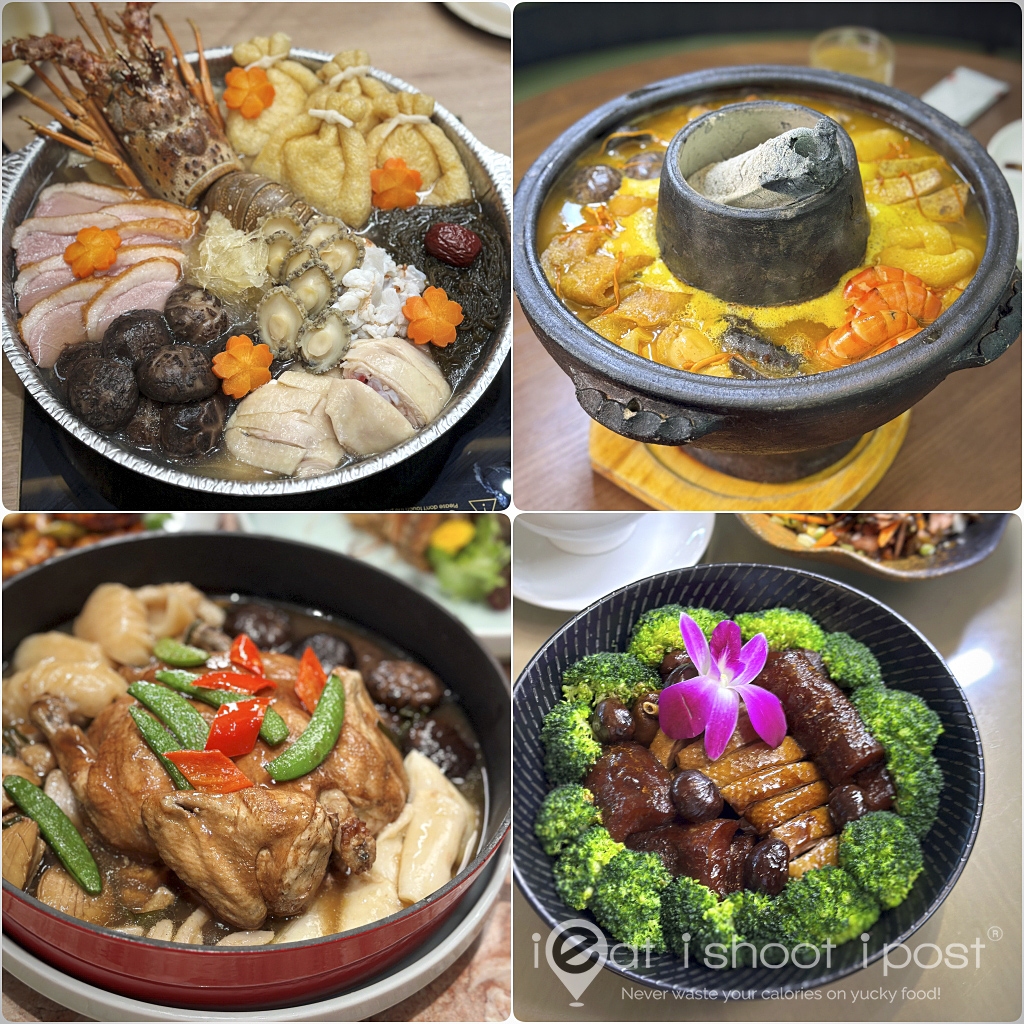
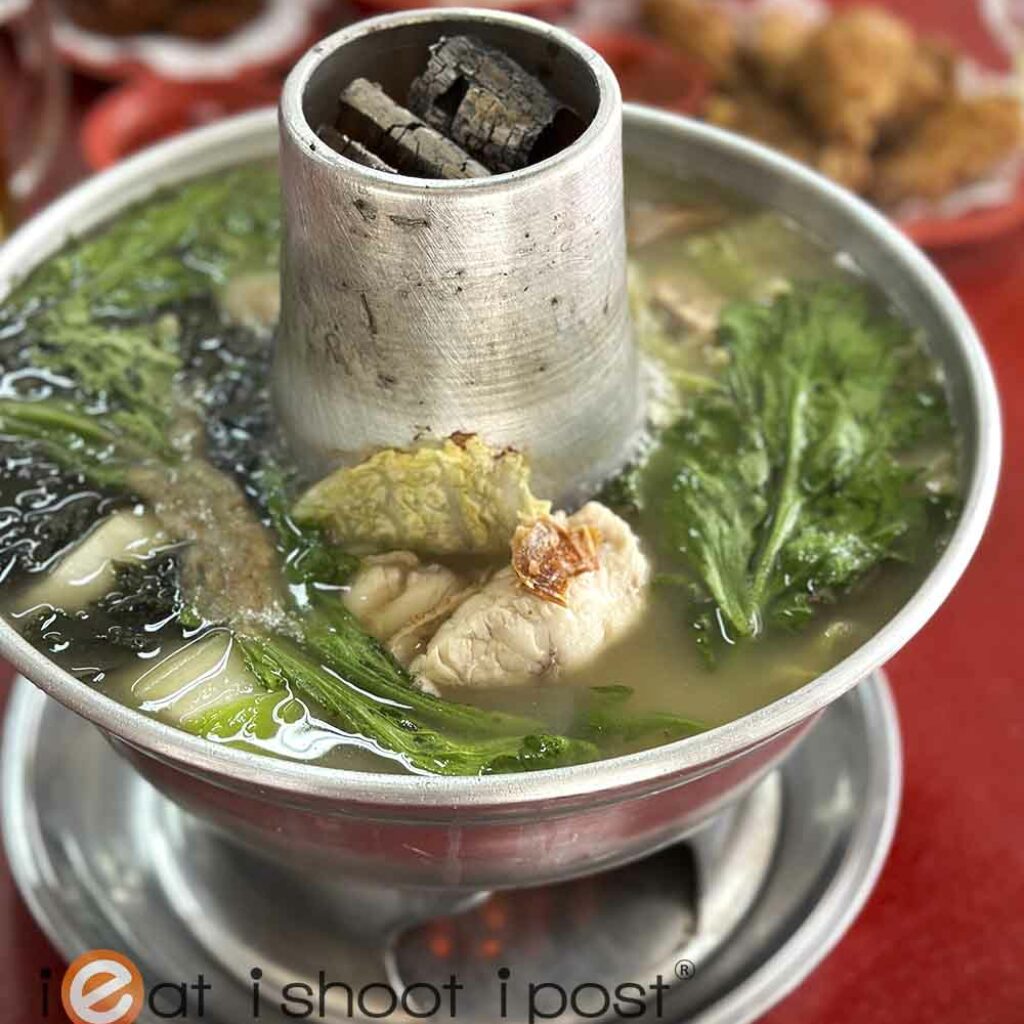
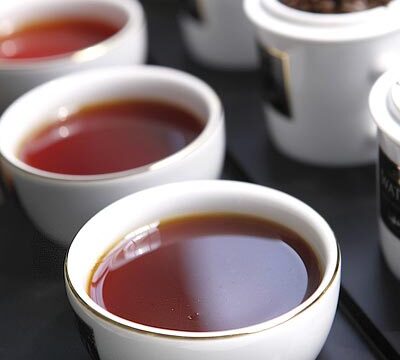
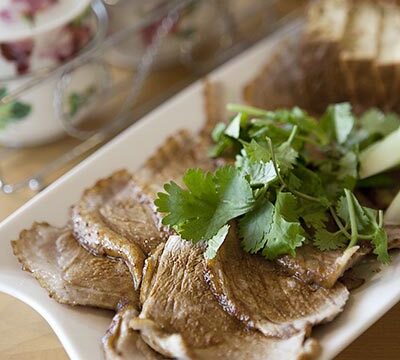



Hi, can you help? I am trying to locate the street where the original Loong Yik Kee restayrant was. Any idea? Much appreciated!
Bugis Street was where Loong Yik Kee was originally located.
Thanks!